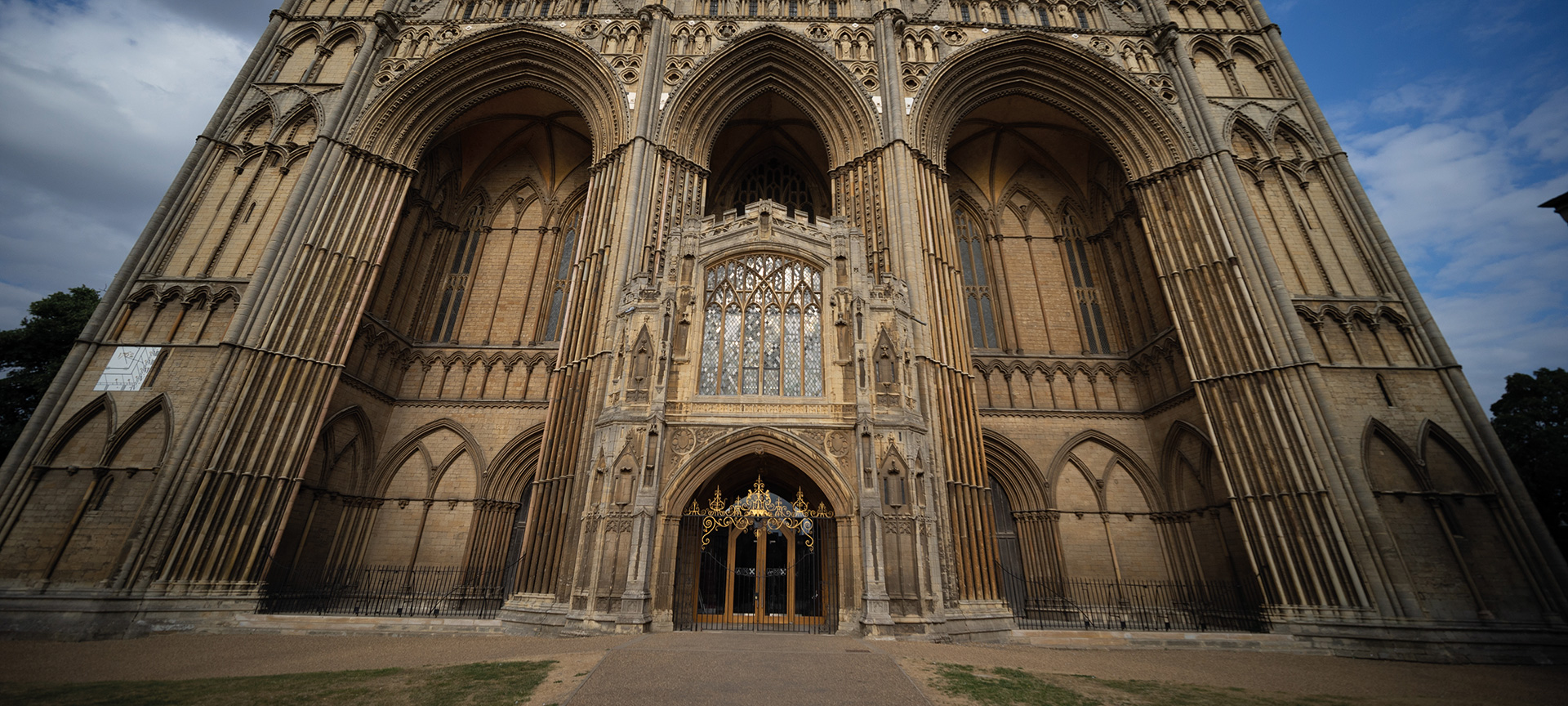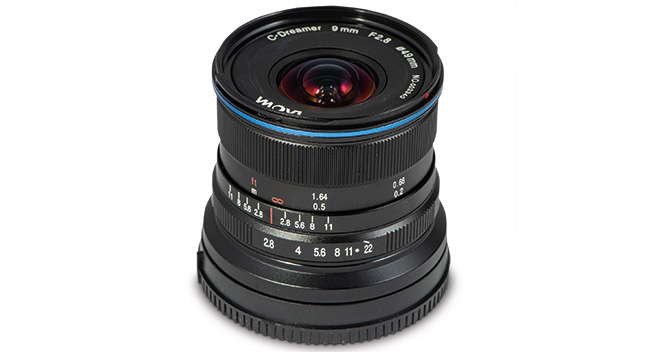
Laowa 9mm f/2.8 Zero-D test: ultrawide, ultra fun
Posted on Oct 4, 2018
Laowa has found itself a niche in the lens market offering prime lenses with character, and its 9mm f/2.8 is one of its two recent arrivals. The other is a 25mm f/2.8 2.5-5x macro lens, and we’ll be testing it very soon.
The Laowa 9mm f/2.8 is a manual focus, manual aperture ultrawide lens for the APS-C format, so the approximate 35mm equivalent focal length is around 14mm.
It is available in Canon EOS M, Fujifilm X and Sony E fittings, and we tested it on a Sony A7R.
Manual focusing is not too much of problem with this lens because there is plenty of depth-of-field. According to the lens’ depth-of-field scale, f/8 gives depth-of-field from infinity to around 30cm. I can’t be any more specific than that because the lens’s distance markings are sparse, but it does mean for many shooting situations you don’t even have to worry about focusing so long as you are in the ball park. On the Sony, manual focus is assisted with its focus peaking feature.

At wide apertures and with subjects close to the camera you will probably need to pay attention and actually adjust the manual focusing ring. This, by the way, is smooth and nicely weighted, and from infinity to its minimum focus is just under half a full rotation.
The aperture ring is click-stopped in full f/stop values, with the travel between f/2.8 and f/4 being the furthest. The gap decreases as the apertures get smaller and there is no f/16 marked on the ring, just a white dot. The aperture is manual, so you may need to set your camera up to give a bright viewing image.
A lens hood is supplied for the lens and while it bayonets on, it does not lock in position. Just be aware that the hood can vignette the image if it is not correctly seated in place.
On our sample, no EXIF camera for aperture was available – there was a lighting value but that was all.
The lens vignettes a tiny bit throughout its aperture range, which gives a slight tunnel vision effect. This is most prominent at f/2.8, and while stopping down lessens it slightly, vignetting is present at all f/stops. (As I often add some vignetting in editing this is not a problem for me, and easily cured in processing if desired.)
Distortion is claimed to be very low and that certainly seems to be the case, with straight lines staying straight – even at the edges of the frame.
Optical performance is pretty impressive, especially given the lens’s angle of view and price.

At f/2.8 the centre is respectably sharp without being stunning, and the image does soften off as you move towards the corners and edges. Stopping down has the desired benefit, and by f/5.6 the centre and corners have improved significantly, while for the best all-round performance f/8 is the aperture to use.
F/11 is still good before sharpness drops off at f/16 and f/22. With the vast depth-of-field available even at f/8 and f/11, you will probably find that you don’t need the smallest settings anyway.
Verdict:
The Laowa 9mm f/2.8 is a fun lens to use. Its extreme wide view can do wonders for strong foreground and lead-in lines, so can make for dramatic compositions. It is just a matter of being bold with your compositions and getting in close to make the most of it – and making sure your fingers or feet don’t appear in the frame. Ultrawide lenses don’t appeal to everyone, but I love them and for its price, this Laowa is well worth checking out if you yearn for a walk on the wide side. It’s a solid performer, compact and its price is more than a little reasonable.
Pros Wide view, compact, vignetting at every aperture looks good
Cons Vignetting at every aperture – annoying if you don’t like the look
| Price | £499 |
| Format | APS-C |
| Mount | Canon EOS M, Fujifilm, Sony E |
| Construction | 15 elements in ten groups |
| Special lens elements | Two aspherical elements, three extra low dispersion elements |
| Coatings | Not specified |
| Filter size | 49mm |
| Aperture range | F2.8-22 |
| Diaphragm | Seven blades |
| Internal focus | Yes |
| Manual focus | Manual only |
| Minimum focus | 12cm |
| Focus limiter | No |
| Maximum magnification | 0.27x at 200mm |
| Distance scale | Yes, feet and metres |
| Depth-of-field scale | Yes – to f/11 |
| Tripod collar | No |
| Image stabilizer | No |
| Lens hood | Bayonet fit hood supplied |
| Weather-sealed | No |
| Dimensions | 60x53mm |
| Weight | 215g |
As featured in issue 59 of Photography News.




